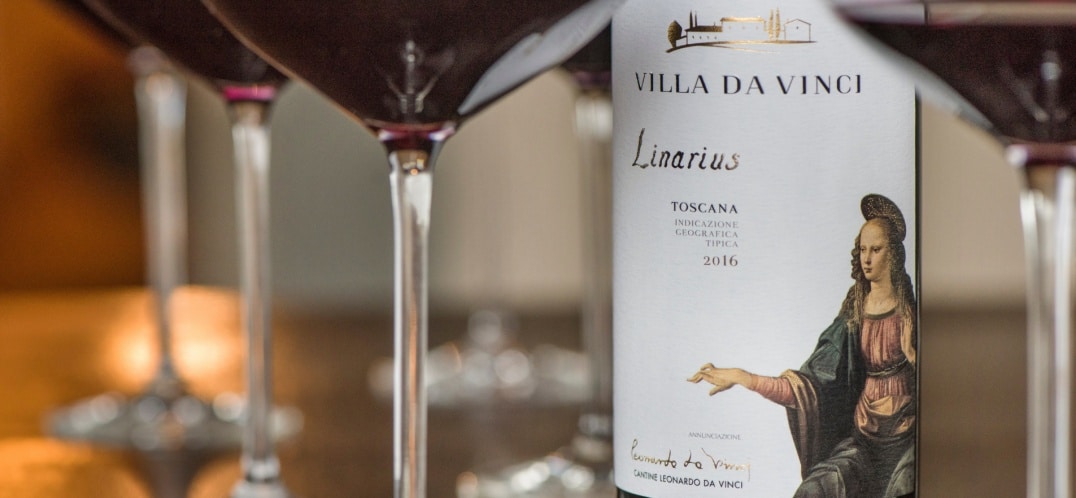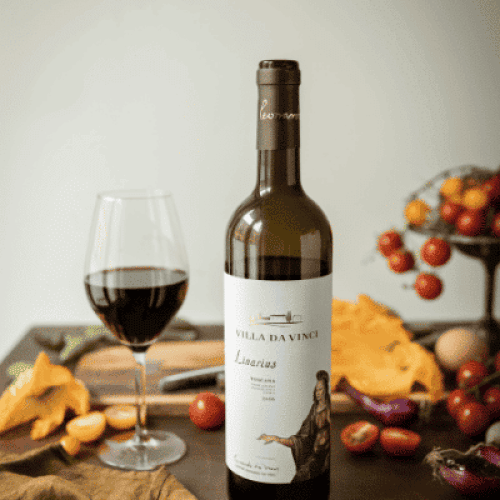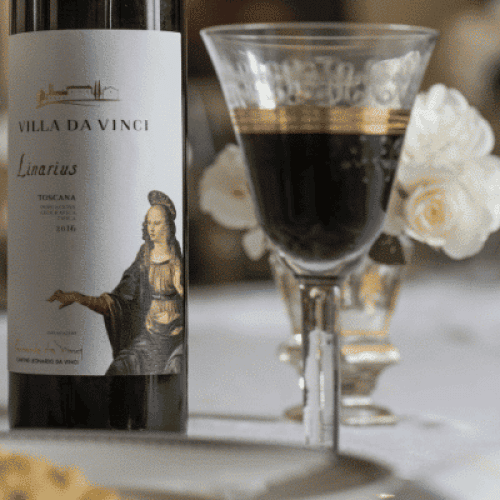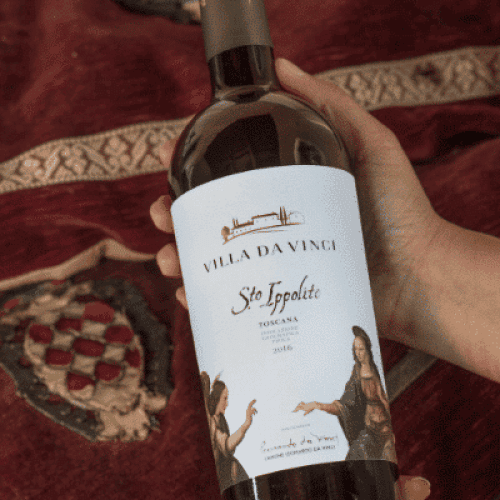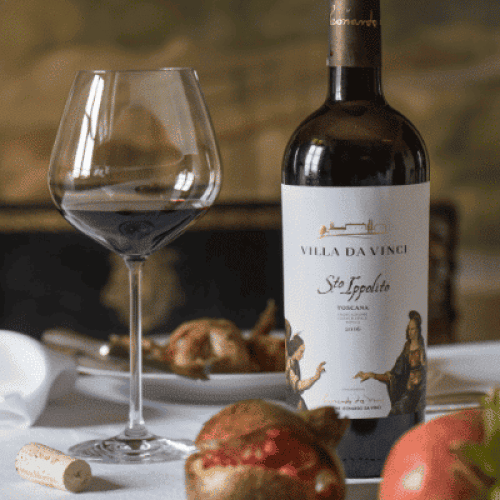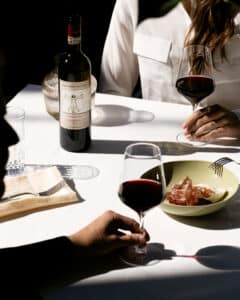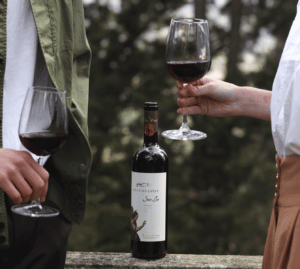Syrah is one of the most cultivated and most renowned grape variety in the world. Syrah grapes are present in the vineyards on the Tuscan hills surrounding Villa da Vinci, the estate of Cantine Leonardo da Vinci. Among the various labels produced by Leonardo da Vinci, the Villa Da Vinci collection features a Syrah wine named Linarius: a balanced red, with silky and enveloping tannins, long and persistent. Among the company’s crus we also find S.to Ippolito, a blend of Sangiovese, Merlot and Syrah that combines the consistency, balance and aroma of each of its compositional varieties in a single glass.
Syrah: wine history
The origins of Syrah have always been the subject of discussion among experts in the world of wine: is this grape variety Persian, French, Sicilian, Albanian? There are numerous legends that blend with the history of this red grape variety.
It all beings in Persia in the city of Shiraz, the cradle of Middle Eastern wine culture. The first evidence of grape cultivation in Shiraz dates back to 2,500 BC, when the vines were brought from the mountains to the plains of southwestern Iran.
In the 14th century, Shiraz wine was immortalized in the poems of the Iranian poet Hafez. In 1680, the French jeweler, traveler and writer Jean Chardin, went to Persia to the court of Shah Abbas. There, he participated in elaborate banquets which he described in his travel accounts, mentioning for the first time in Europe the Shiraz wine he had actually tasted.
The French, instead, claim their paternity on Syrah, locating its origin precisely in one of the most famous vineyards in France in the Rhone Valley to the south, home of the Syrah grape.
According to local legend, the Hermitage vineyard was founded by a 13th-century Templar knight named Gaspard de Sterimberg, who brought back a Persian vine from the Crusades. In fact, it seems that the Templar, returning from the Albigensian Crusade, settled in the Rhone Valley where he planted some seedlings that he had brought with him. And it seems that this is precisely how the Syrah grape spread in the Tain l’Hermitage area.
Another version of the story says that the name Syrah derives from the Albanian grape Shesh, originally from the Durres area. But it is also said that the vine has Egyptian origin and it was the emperor Marcus Aurelius Probus, returning from Egypt, who stopped with his legions in Sicily, in Syracuse, and here planted some Syrah plants.
Syrah wine: characteristics
A wine with such an enigmatic history must also have a strong personality! In fact, Syrah red wines are characterized by intense aromas of red fruits, such as cherry, blueberry and licorice, which reflect the climates and latitudes in which they are produced. Being a very widespread wine, Syrah tends to have a rather broad gustatory spectrum, but its distinctive organoleptic characteristic is the note of black pepper given by the rotundone molecule. Finally, when it comes to a long-lived wine, Syrah lends itself to being aged, acquiring notes of cocoa, tobacco and caramel.
Syrah wine: wine-food pairings
The typical spiciness of this wine makes Syrah well combined in general with red meat dishes. Considering the labels proposed by the Leonardo da Vinci winery, the Linarius Syrah Villa da Vinci is a Tuscan red perfect to accompany game, fresh pasta with well-seasoned sauce, and aged cheeses such as Tuscan pecorino. S.to Ippolito Villa da Vinci is an excellent wine to be tasted in combination with cured meats, typical Tuscan recipes such as “peposo“, roast pork and rosticciane.
